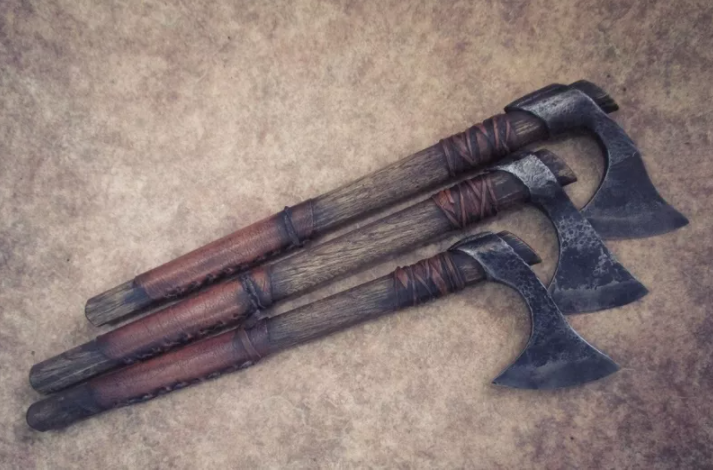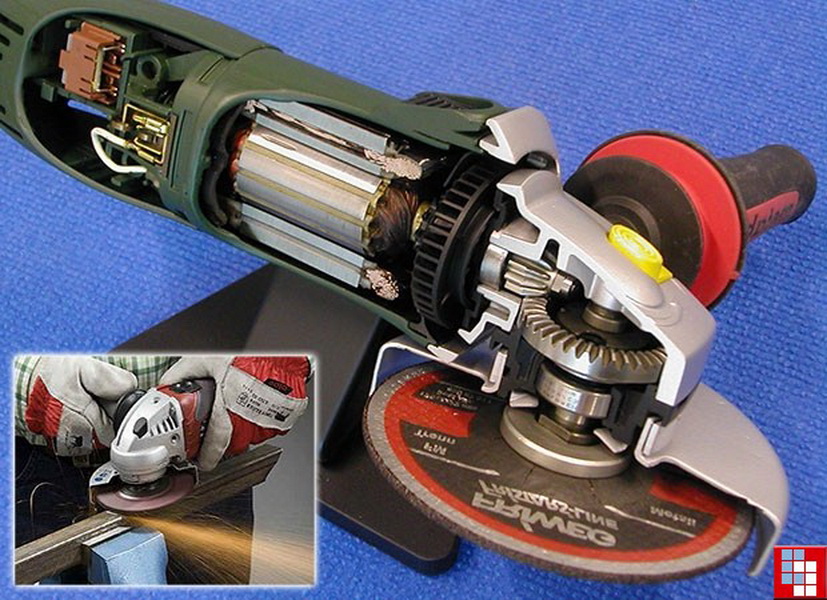Types of axes
The ax is an ancient tool with a rich history of use, including cutting down trees, hunting animals, and as a weapon. Today, it is most often seen in the yard or outdoors, such as at a campsite. But while in the past it had a rather primitive design, over time this tool has improved significantly in terms of its performance and durability. And all thanks to technology, which has undergone significant changes over the years. Today it is a highly effective, safe and reliable tool that is found in almost every home.
The content of the article
Types of axes and their purpose
There are many varieties. They are distinguished by the shape and type of head, grip length, and material of manufacture. In fact, there are quite a lot of species, but one of the most important characteristics that distinguishes them is still the shape of the head. Depending on this parameter, the ax can be cutting, felling, for meat, with one blade or double-leaf, and others. We propose to consider the main types of axes, as well as special ones that are not intended for domestic use.
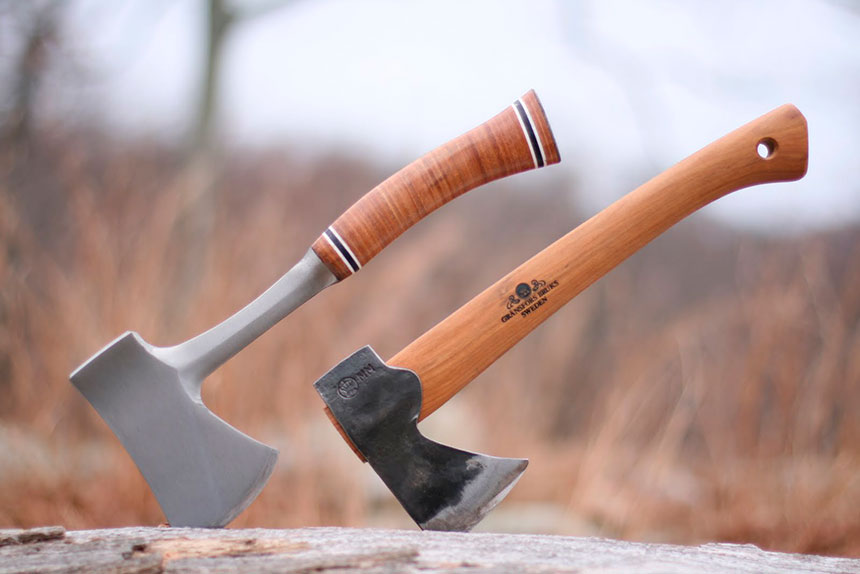
Common
These include those that can be found, albeit not in every home, but quite often.
Cleaver
Typically used for chopping wood. It has a large and heavy head with a relatively thin edge at the end of a concave wedge. Designed to cut along the grain, unlike conventional bush axes.For cleavers, the blade should go straight into the wood, while the wider part is pressed into it to split it.
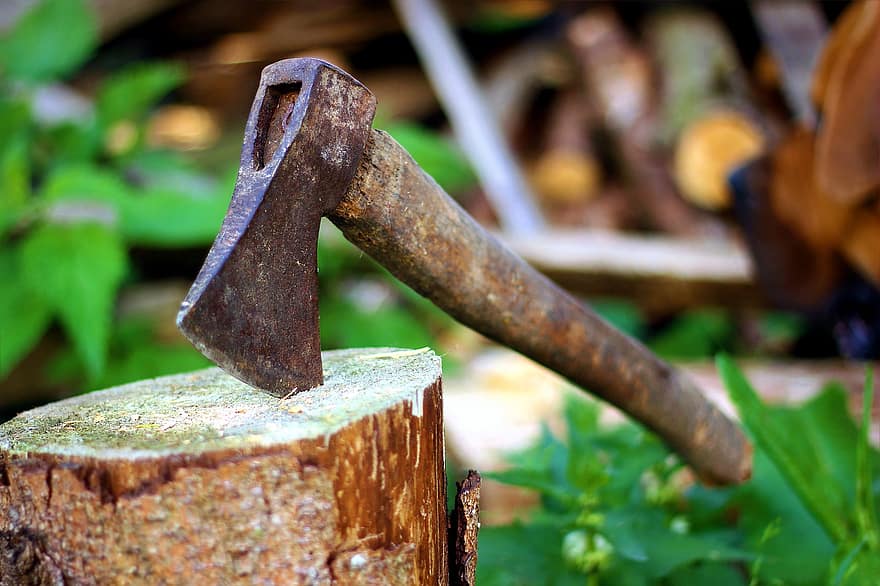
Felling
A professional tool that is used when cutting down trees. It has a long and wide edge (more than 11.5 cm), an acute blade sharpening angle, and a curved shape. The latter makes it suitable for cutting fresh resinous wood such as spruce or pine. The heavy head and long handle also give the ax considerable power. It should be noted that it weighs quite a lot: this helps to increase the impact force.
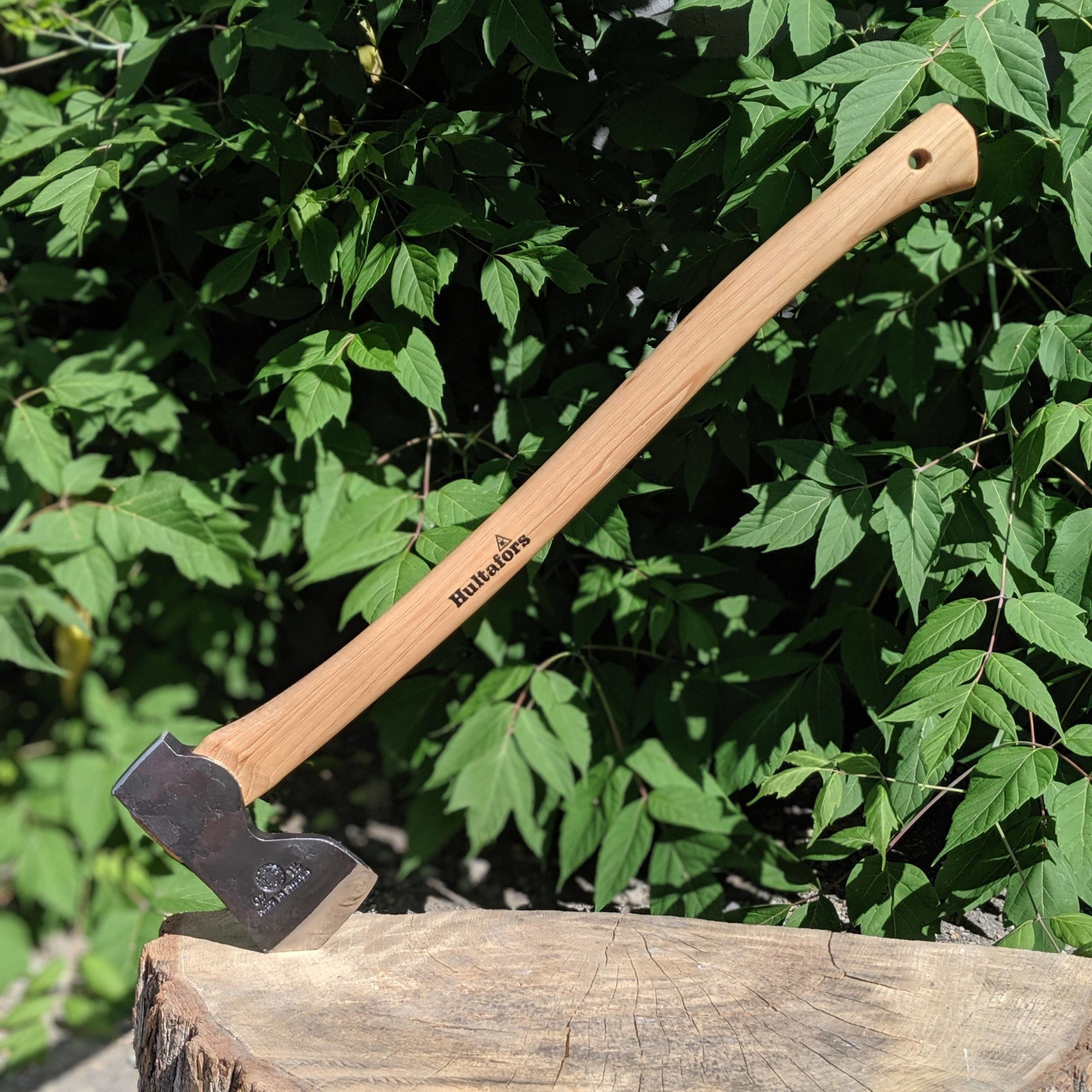
For meat
Designed for chopping and cutting up carcasses. It has a fairly wide blade, due to which most of the meat is captured during work. The tool itself can weigh from 3 kg.
When chopping, the most important and obvious thing is the ability to chop tubular bones. An excellent butcher has no splinters - the cut is almost perfectly even. The secret lies in a high-quality ax and a correctly placed blow.

Plotnitsky
Less than usual. Designed for cutting wood. There is a small notch for the finger that allows carpenters to be more precise in any job. The opposite end of the ax has a hardened material that can be used as a hammer. Some newer models also feature a built-in nail puller, allowing DIYers to multitask without changing tools.
Sharpening is done at an angle of 35 degrees, otherwise the blade will get stuck in the wood.
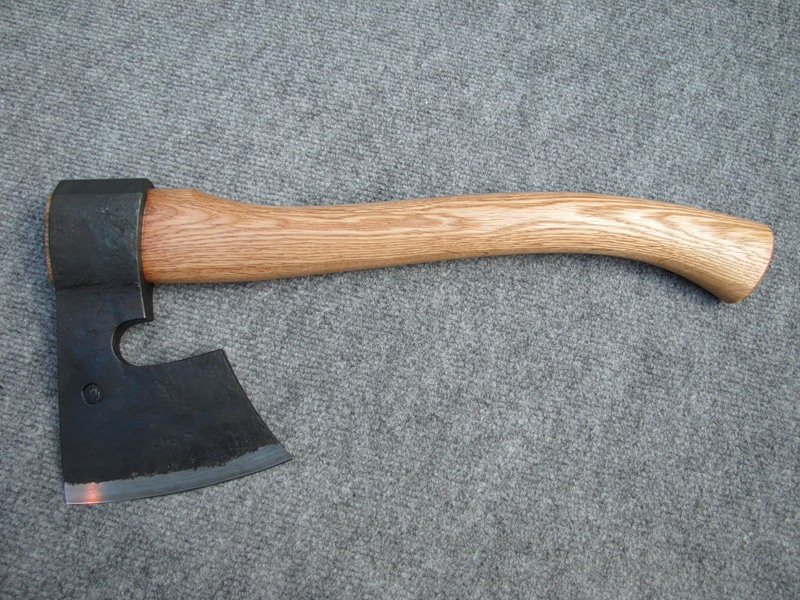
Firefighter belt
The sharp-edged blade is traditionally styled, but the area opposite the cutting edge is sharpened like a pickaxe.The heads of these axes are also usually painted in bright colors so that they can be quickly found in emergency situations.
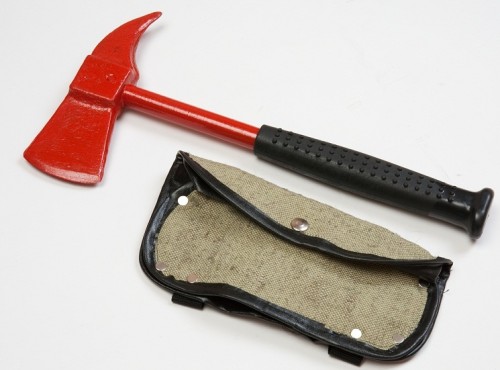
Firefighter assault
This is an ax with a wooden handle and a heavy steel head, designed for work when extinguishing fire and the special requirements of the fire service. It has both a regular wide wedge for cutting and chopping wood, and a narrow, pointed one on the opposite side. Used for breaking doors or as a breakaway hook, as well as for lifting road surfaces and manholes.
Ice ax
A device with a metal pipe welded on the back side. Designed for breaking off ice and crust on sidewalks.
It is also a climbing tool, combining an adze-shaped blade and a pick on the head of a long wooden handle with a spike at the end, used for breaking through ice and for support on icy surfaces.
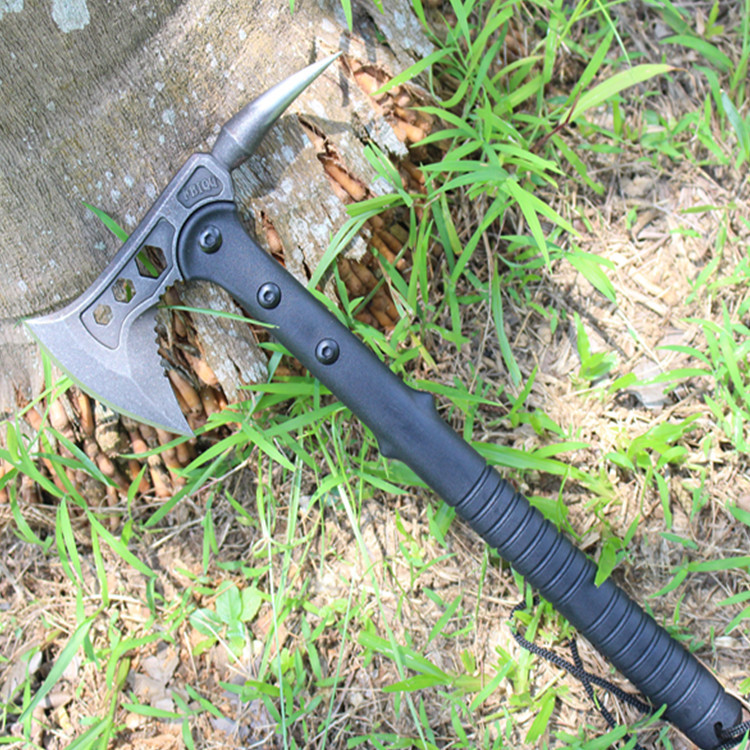
Roofing
Refers to a professional tool, used by roofers. Although it has fallen out of fashion due to modern inventions, many craftsmen still prefer this traditional device. Has multiple purposes, which is great if you're sitting on the roof and don't want to carry around a bunch of different tools. Equipped with two heads on either side of the handle. One is a sharp blade that is used to cut shingles. The other is a hammer that hammers in nails when attaching it to the roof. Often the head is magnetized so there will be no need to hold the fasteners in place, but instead they will simply snap onto the front of the hammer and insert. Roofing axes also have the added feature of a knot on the side of the sharp blade.
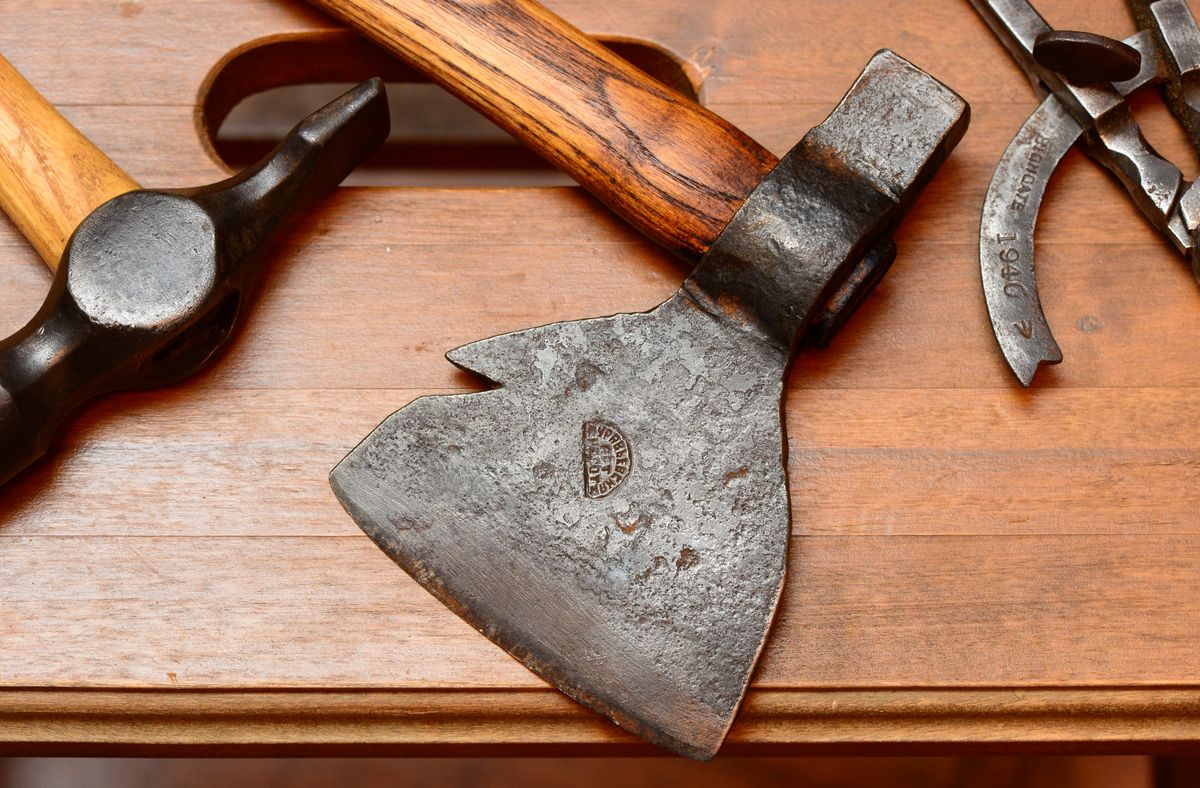
Adze
A cutting tool with a curved blade set at right angles to the handle - for working wood.Adzes are used for grinding or carving in manual woodworking, and also replace the hoe in agriculture and gardening.
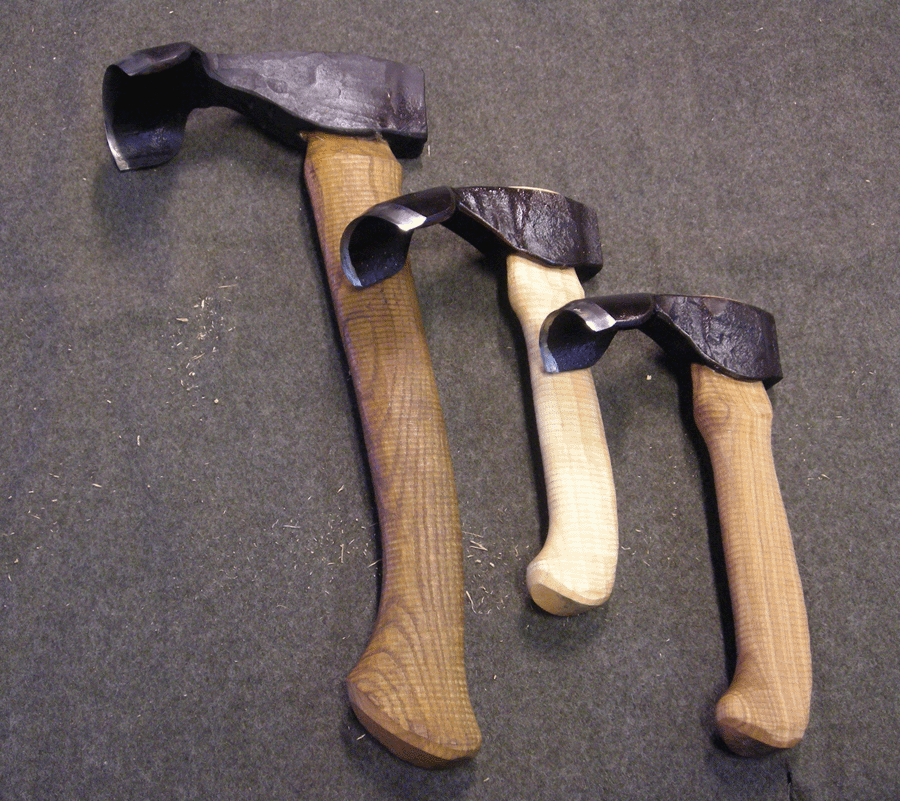
Tourist
Lightweight and compact axe. The blade usually has semicircular edges - this makes it easier to carry in a backpack. Often the design of the instrument is attractive, and a case is included. An additional advantage is that the blade is so sharp that the ax can also be used as a knife.
This is a good, comfortable and versatile option for hiking. You can split firewood, cut down small trees and remove their branches, and clear the area of bushes and branches.
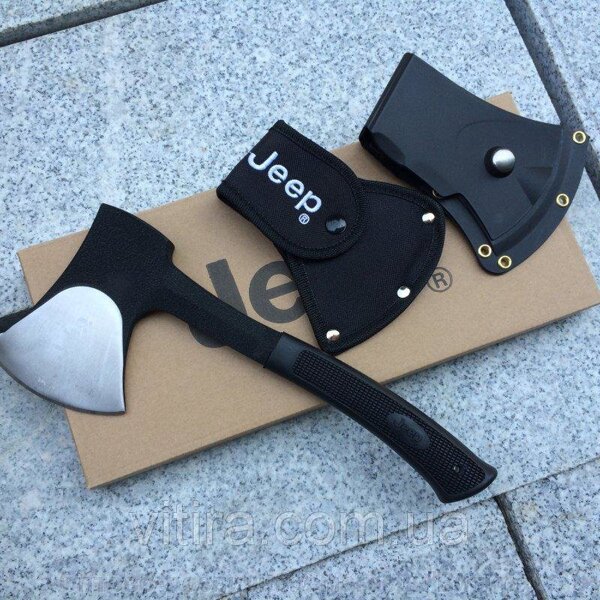
Kitchen
An indispensable tool when cooking. Such a hatchet will easily and quickly help you cut up a huge amount of meat, as well as finely chop the bones for soup or broth. The shape, size and type of blade provide ease and comfort when cutting vegetables, meat and other ingredients.
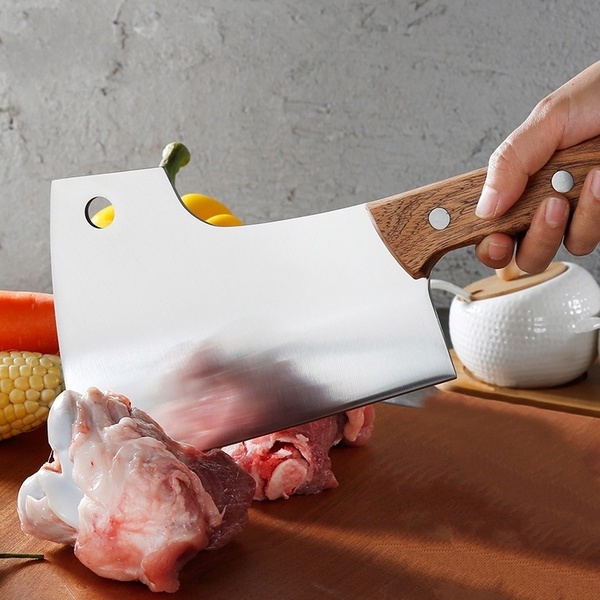
Special
Refers to a highly specialized purpose. As a rule, these are tools that are not suitable for all tasks, but are purchased for specific purposes.
Carpentry
Similar to a carpenter's axe, but slightly smaller and lighter. The blade is straight. Used for hewing.
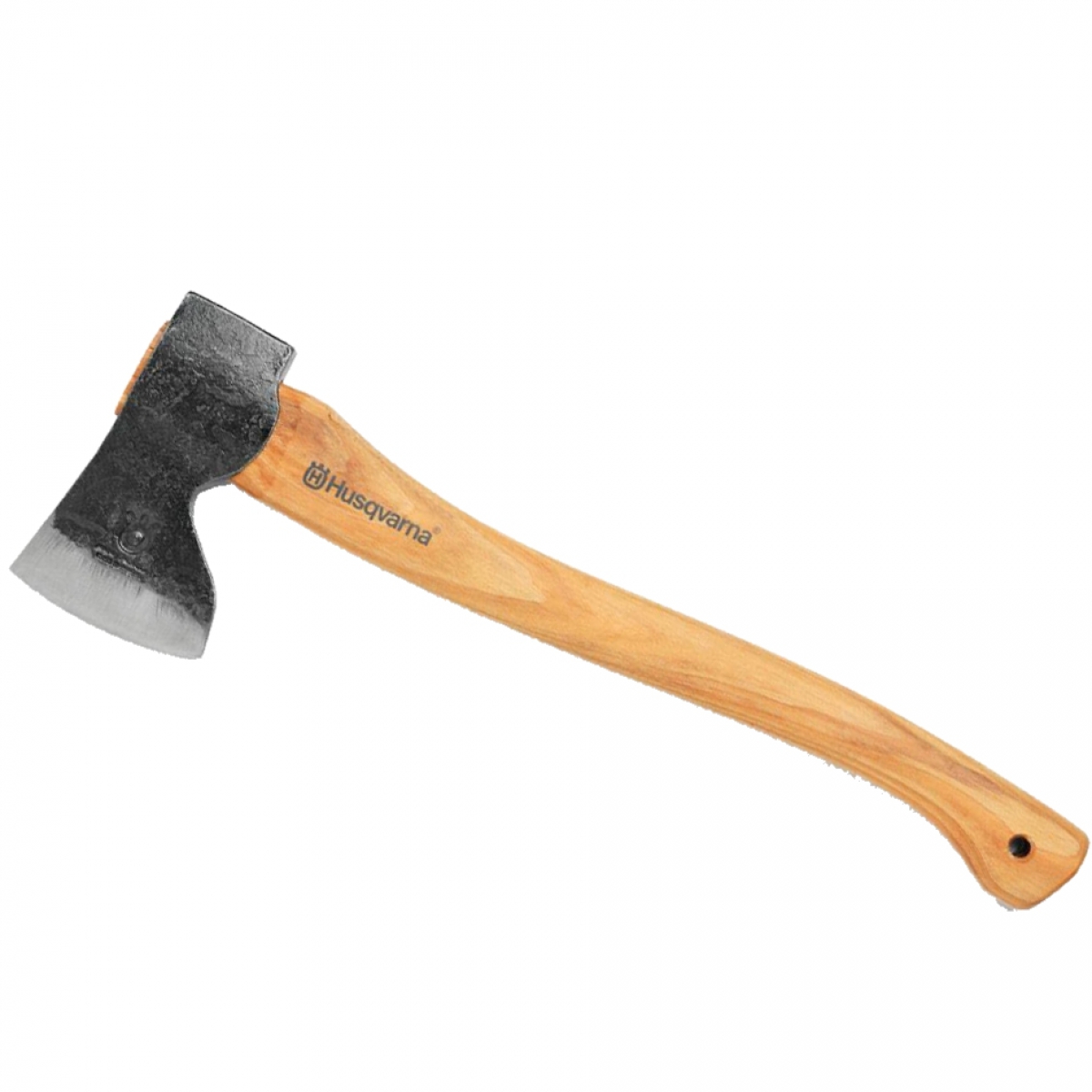
Valashka
Combines a tool and a cane that can be used as a light weapon. It has symbolic historical and cultural significance and is still used as a prop in many traditional dances, such as ozemok. It is a lightweight instrument with a long, straight wooden shaft, often with a metal butt. The length is a little more than 1 meter. The grip usually has an engraving on it. In some countries it is still used by shepherds.
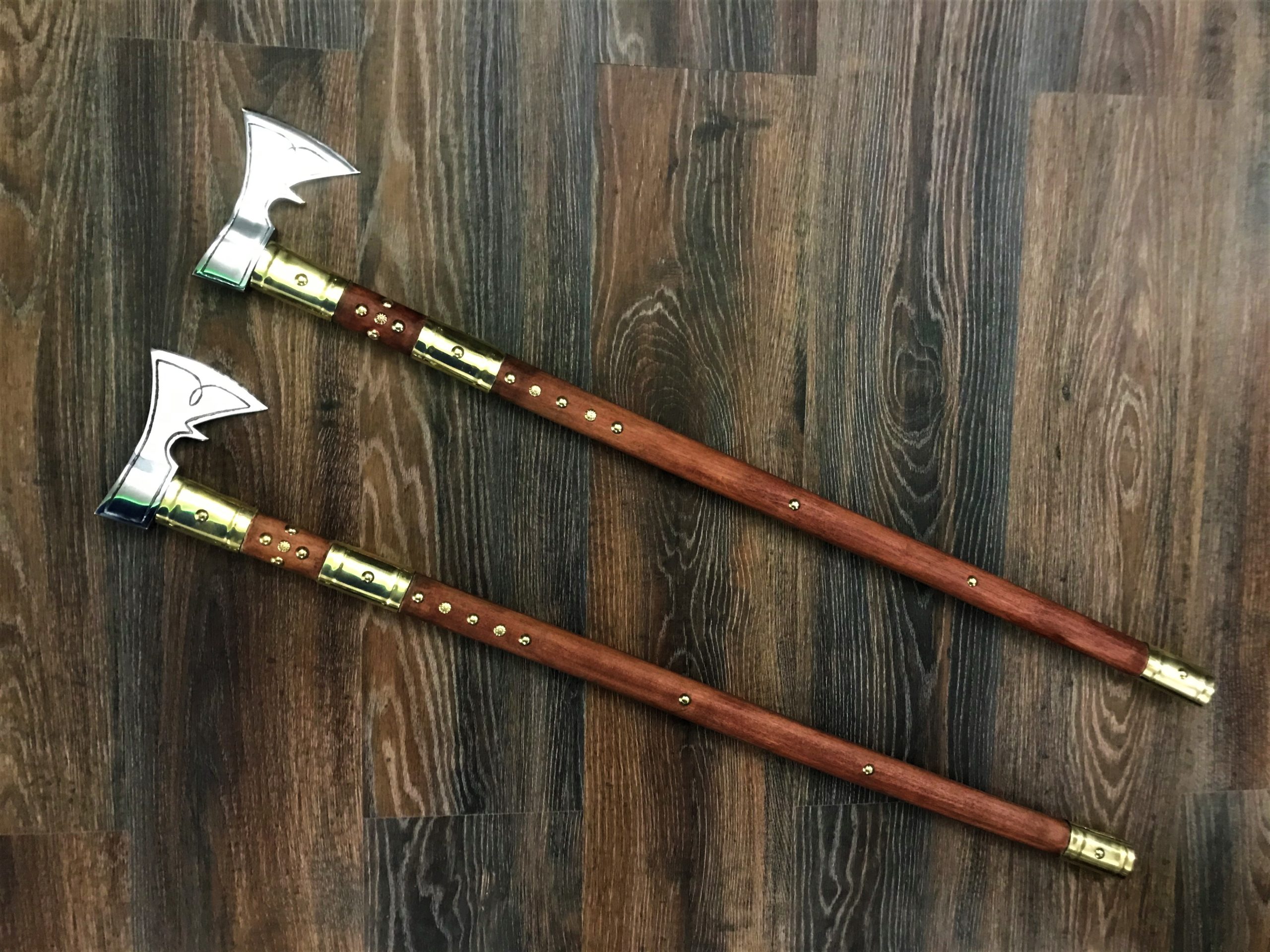
Tsalda
A small hatchet made of iron, with a sickle-shaped blade.Used to clear the ground of bushes.
Bearded
Large battle axes with a wide, long blade and shaft. The cutting edge has saber-like edges known as a beard.
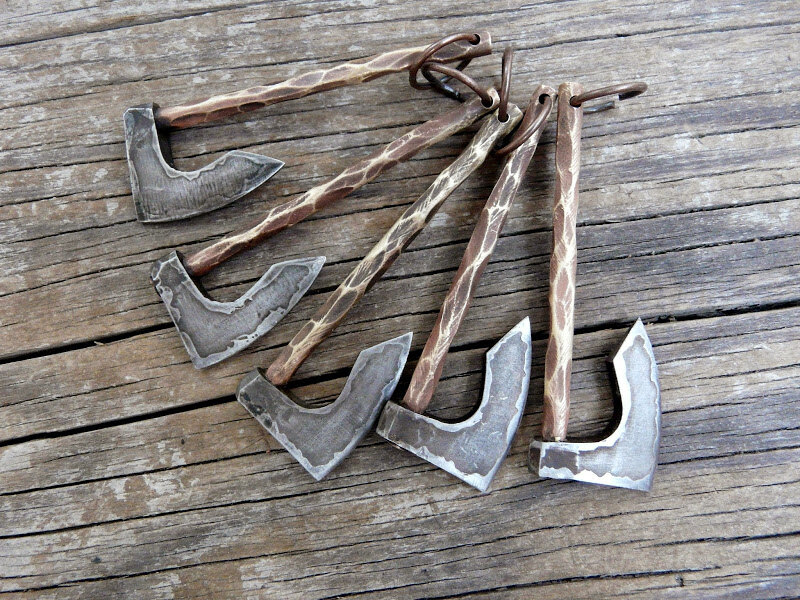
Ancients
Primitive people learned to make an ax almost a million years ago, and not five hundred thousand years, as previously thought. Of course, over time, this tool has been improved and modernized, but some of its types have long been a thing of the past.
Berdysh
A battle ax on an elongated shaft (ratovishche), with an elongated blade of a characteristic curved shape in the shape of a crescent. It was in service with the Russian infantry in the 15th-17th centuries, and for the rifle troops it served not only as an auxiliary weapon, but also as a support and stand when firing from heavy matchlock rifles. This bladed weapon has enormous penetrating power and, when used skillfully, can inflict severe, often fatal wounds on the enemy.
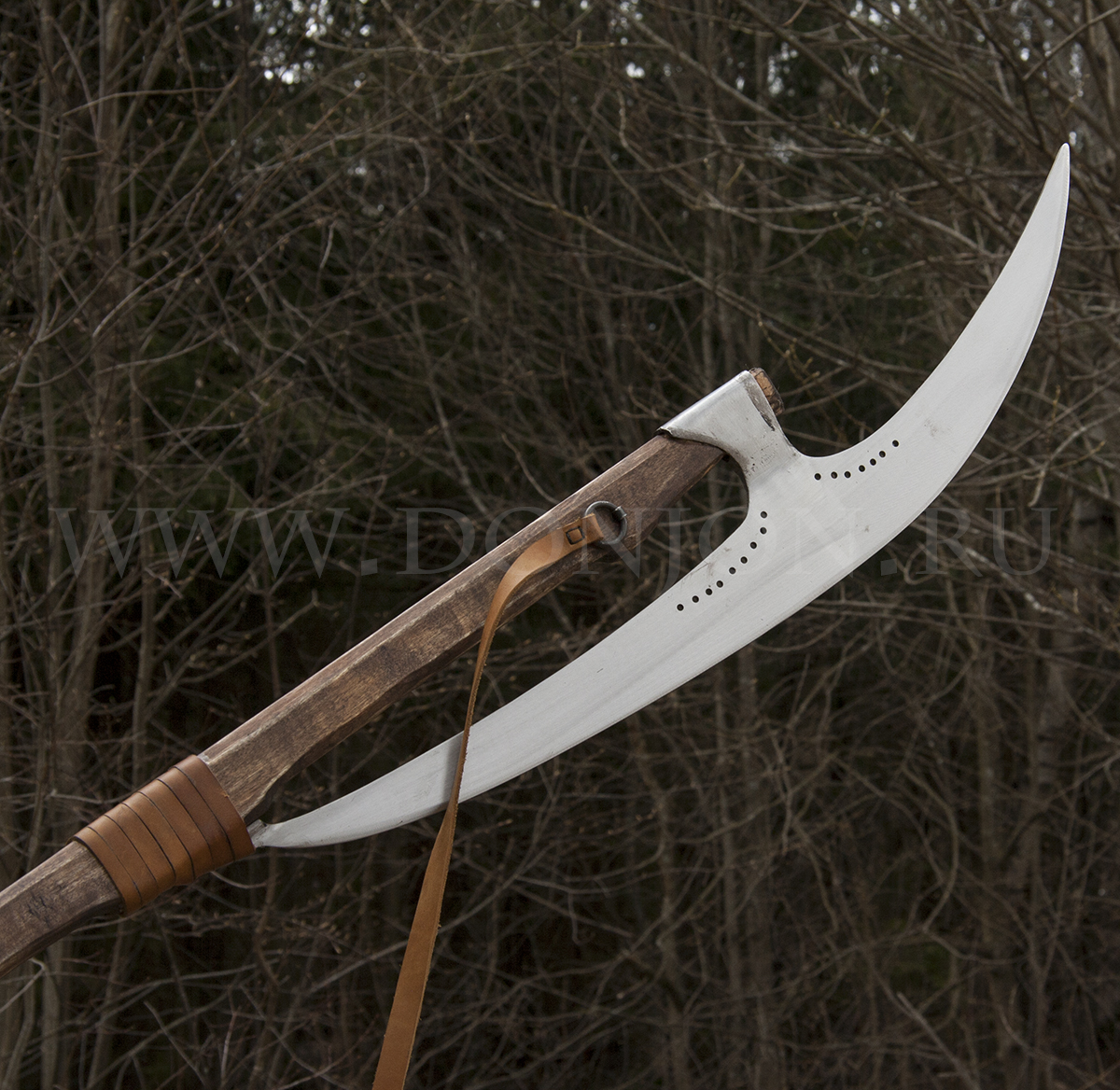
Boarding
It was common during the times of the sailing fleet. Intended for military sailors and pirates during boarding operations. It was equipped with a long (up to 1 m) handle, reinforced with metal plates - splints. As a rule, it was equipped with a hook on the butt that served as a hook. Less often there was a blade blade there.
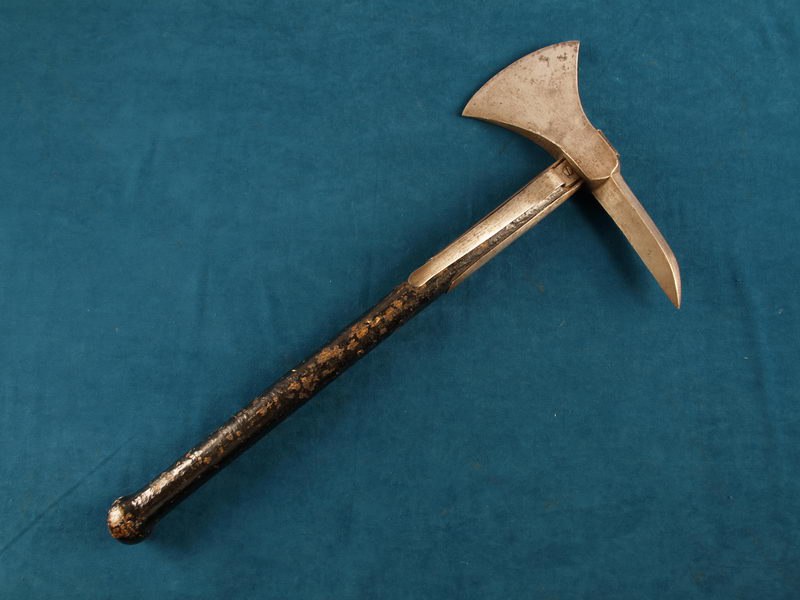
Stone
A prehistoric hand tool, the working part of which was made mainly of stone, flint, rhyolite, quartzite and other large rocks.
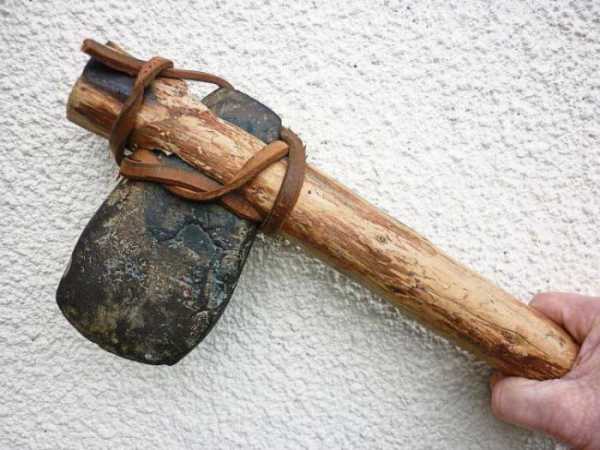
Celt
Similar to a regular axe, but did not have a groove, and they were inserted perpendicular to the axis of the grip, rather than parallel to it. In the early Neolithic, it was intended for cutting down trees and processing wood. Essentially, it was granite or other durable stone, polished to a perfect shine.
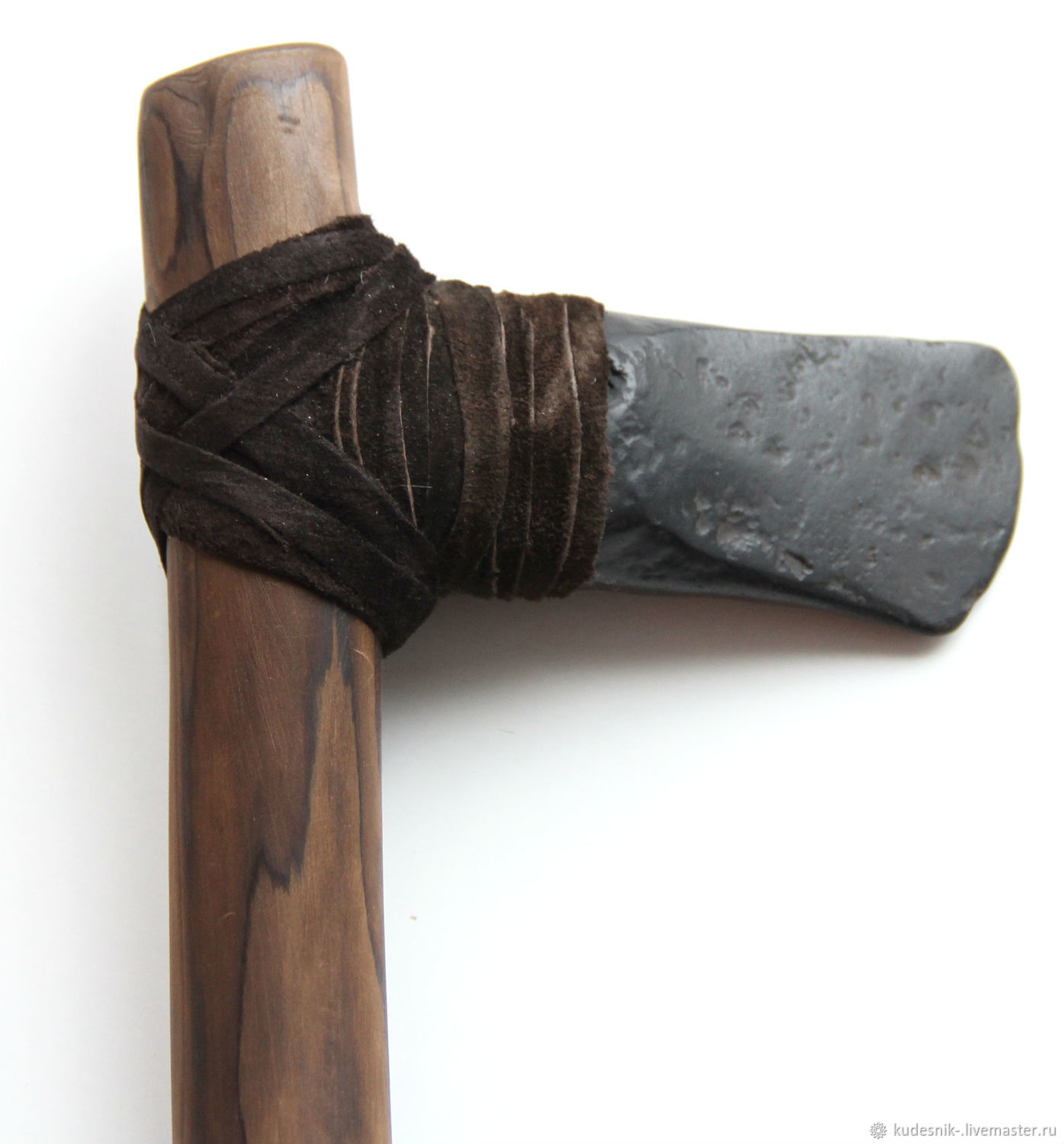
Mint
An ax with an elongated hammer-shaped head.In addition to their combat purpose, they also served as an excellent counterweight to the blade and contributed to a more accurate strike.
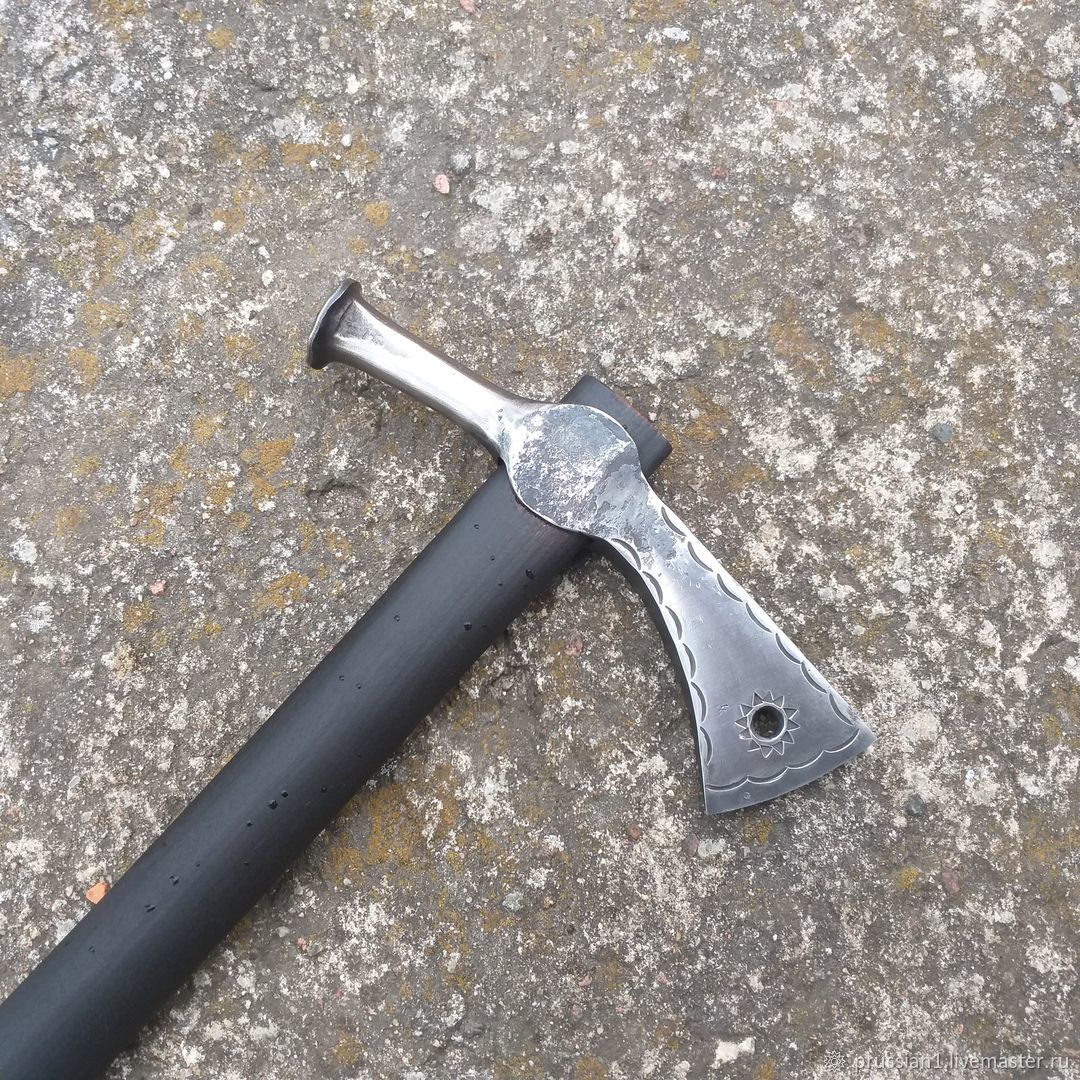
Klevets
Very similar to a pickaxe - a narrow, elongated blade that easily pierced armor due to the small impact surface area.

Tomahawk
An ax formerly used as a tool or weapon by some Native American peoples.
There is no "standard" weight, as tactical tomahawks can be made from very lightweight materials, and grip and blade sizes usually vary. Tomahawks are not actually intended for cutting down trees or firewood: they were originally intended as fighting weapons.
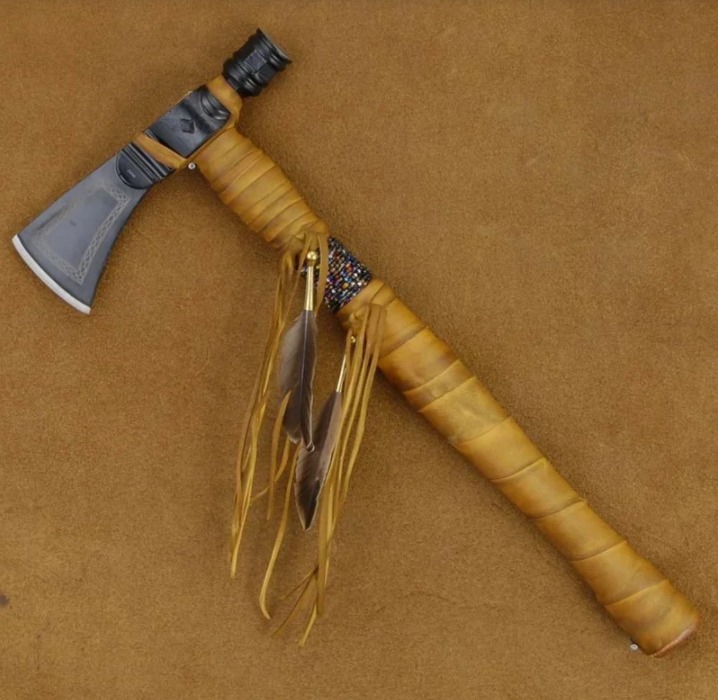
Executioner's Ax
In Europe, the broad instrument gradually began to replace the sword as the instrument of choice for beheadings during the second half of the Middle Ages. The last execution with such a weapon in Sweden was the murderer John Philip Nordlund. It was carried out by the national executioner Albert Gustav Dahlman in the Västerås County Prison on December 10, 1900. Then it was replaced by a guillotine for executions.

Franziska
It was used mainly as a hand weapon in close combat, when it needed to be held with a strong grip. It has an unusual shape and was clearly designed as an effective throwing weapon. When thrown correctly, it spins several times in the air before the ax blade hits the target.
